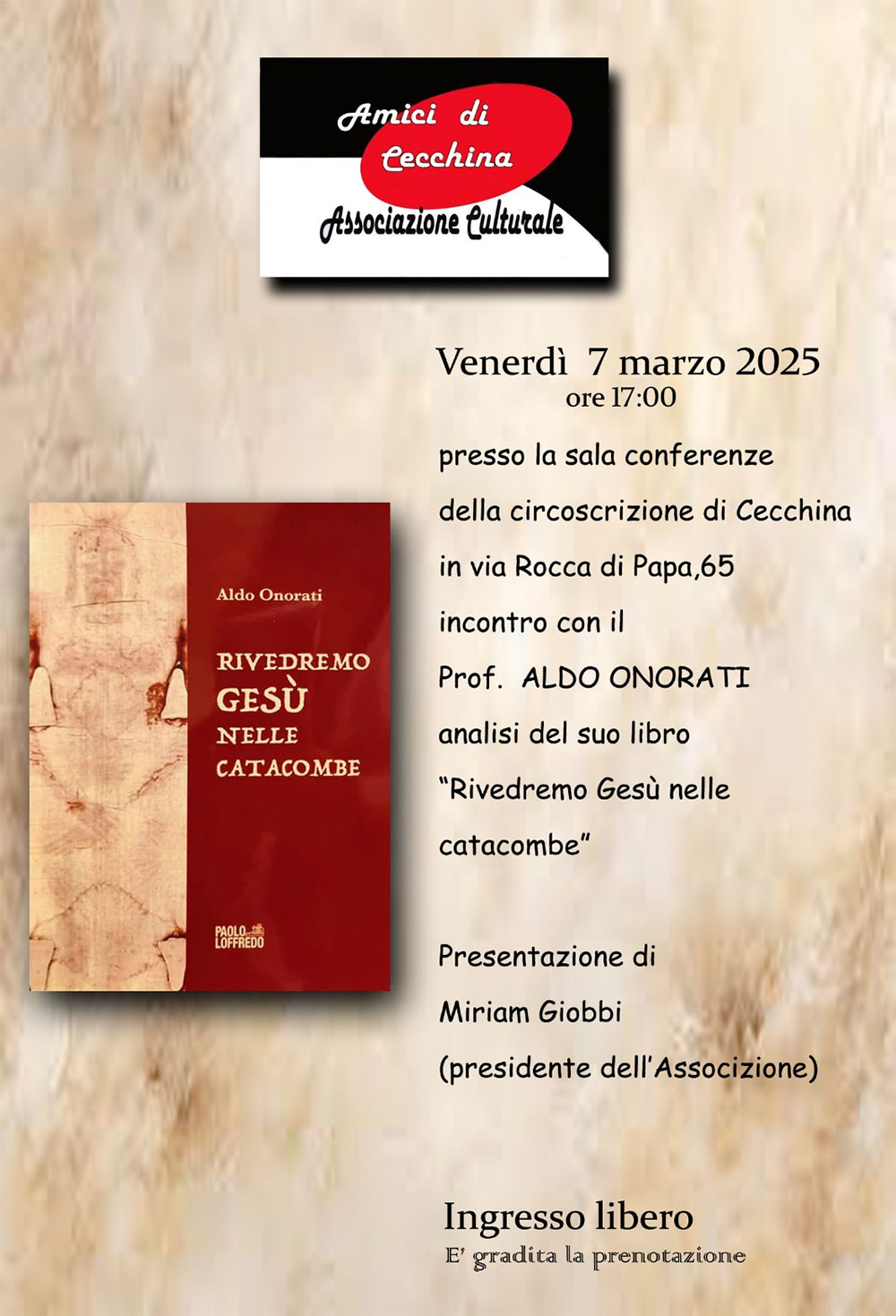 Paolo Loffredo, sixth generation of a large family of publishers and booksellers engaged in the production and distribution of books since the late nineteenth century, creates in 2012 the new editorial company Paolo Loffredo Editore. The historical site was until the '80s in the heart of the historic centre of Naples in Via San Biagio dei Librai, lower Decumano and also known as the SpaccaNapoli.
Paolo Loffredo, sixth generation of a large family of publishers and booksellers engaged in the production and distribution of books since the late nineteenth century, creates in 2012 the new editorial company Paolo Loffredo Editore. The historical site was until the '80s in the heart of the historic centre of Naples in Via San Biagio dei Librai, lower Decumano and also known as the SpaccaNapoli.
At the beginning of the twentieth century, Giuseppe Loffredo decided to add book selling to the book production, which definitively imposed itself after World War II with the publication of manuals for the University and for the School that succeeded in establishing themselves soon throughout Italy.
LAST EVENT
"Rivedremo Gesù nelle catacombe"
07 Marzo 2025 - Sala Conferenze circoscrizione di Cecchina - via Rocca di Papa 65, Albano Laziale (RM) - ore 17,00

L’ombra lunga di Terenzio
ISSN: 2611-1411
Language: Latin, Italian
Publisher: Paolo Loffredo Iniziative Editoriali Srl

Description
L’ombra lunga di Terenzio
There are various traces that an author can leave on an expressive, thematic or ideological level; in works of the same or other kind, of the same language or not, of the same or different means of communication, as well as of the ages near or far to his. The search for those traces can lead to a more in-depth knowledge of the oldest author or of some parts of his production: in fact almost always the followers and imitators are in turn other artists who have 'seen' the work with particular eyes , and of elements of that they then offered a peculiar interpretation. Although it does not seem plausible at the moment that the traces of the Terentean Fortleben can all contribute to a more in-depth knowledge of the art of the Latin playwright than the one reached so far, the testimonies could still play a role of confirmation, as well as contributing to the reconstruction of the history of the fortune of Terence in various ages. If in the age closest to Terence the rate of its success finds its reason in a reality still firmly linked to the past, in the subsequent ones this factor tends more and more to have a lower incidence as it is progressively supplanted first by the level and type of culture of the single era and its degree of openness towards the production of the past, and then from the sensitivity of the individual towards the ancient world. The likelihood of finding coincidences on an expressive level with Terenzio's text gradually diminishes in favor of the possibility of finding correspondences at a thematic and ideological level, as well as concordances of position with regard to the tradition in the subject, and of how to relate on the other hand with their own reality. And all this in an expansion of the field of investigation: from the ground of the theatrical representation we move on to that of the nearest genres or which are realized in more modern forms of communication.














